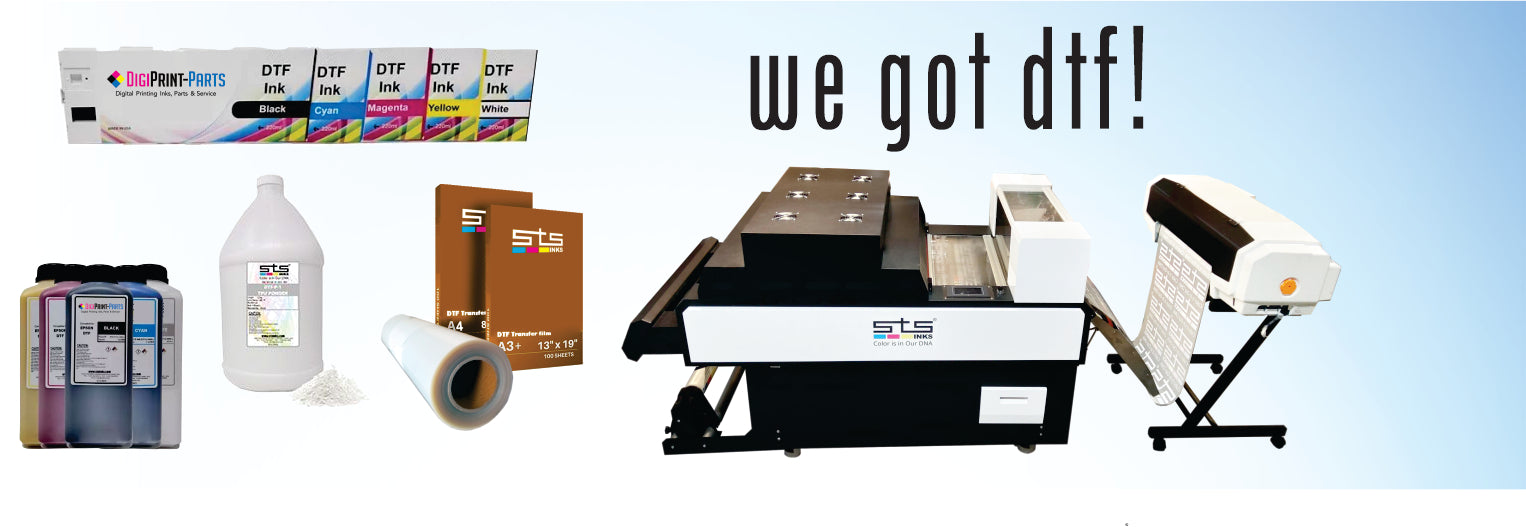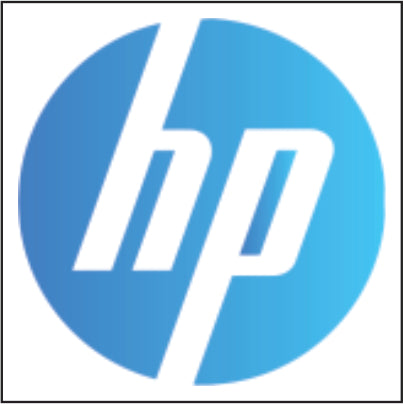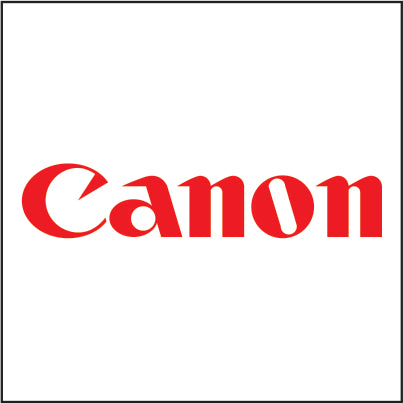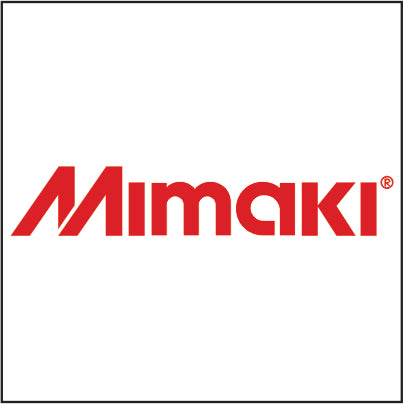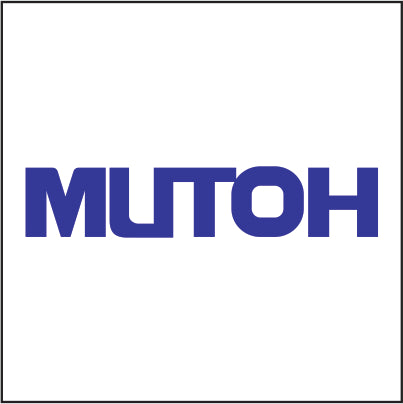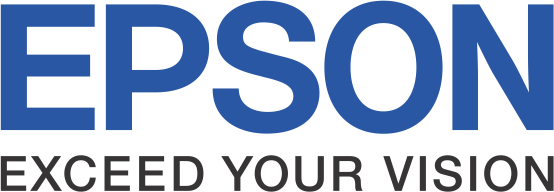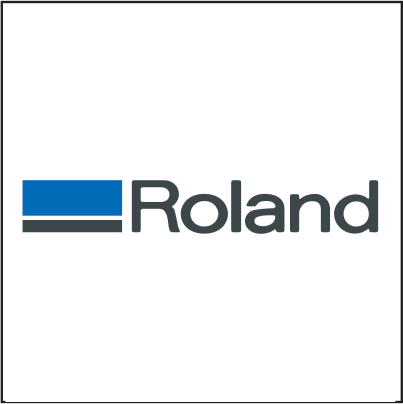Deciding between direct‑to‑film (DTF) and screen printing is a common dilemma for new clothing brands and print shops. While both methods produce attractive prints, they differ in process, cost, durability and feel. This guide explains the key distinctions and helps you choose the technique that matches your design and business needs. We also highlight the importance of sourcing quality consumables—such as DTF Supplies, Epson Inks, DTF Direct to Film and Mutoh Inks—for consistent, professional results.
Understanding DTF Printing and Screen Printing
DTF printing is a digital process that prints your design onto a PET film using water‑based inks. A powdered adhesive coats the wet ink, and the film is then heat‑pressed onto fabric. The adhesive melts and bonds the design to cotton, polyester, blends or even nylon. Because no screens are needed, DTF supports intricate artwork, gradients and photographic imagery without extra setup. Using high‑quality DTF Supplies and inks like Epson Inks ensures reliable transfers with vibrant colors.
Screen printing involves creating a mesh stencil (screen) for each color in your design. Ink is pushed through the screen onto the garment one color at a time and then cured with heat. This method excels at bold, flat colors and is favored for large production runs. Setup time and cost increase with each additional color, but once screens are prepared, printing many garments becomes cost‑effective. When paired with durable inks such as Mutoh Inks, screen prints can last through years of wear.
Key Differences Between DTF and Screen Printing
| Factor | DTF Printing | Screen Printing |
|---|---|---|
| Setup | Little preparation; no screens required | Higher preparation; one screen per color |
| Design type | Full‑color, photorealistic images and small runs | Simple, bold designs and large runs |
| Speed | Fast on‑demand production | Slower due to screen prep and curing |
| Fabric range | Works on cotton, synthetics, blends | Best on cotton and blends; special inks for synthetics |
| Hand feel | Smooth surface; softens after washing | Slightly raised texture; classic T‑shirt feel |
| Durability | Long‑lasting with proper care | Extremely durable, especially on cotton |
| Environmental footprint | Uses water‑based inks but relies on plastic film | Requires chemicals for screens; plastisol inks can be less eco‑friendly |
DTF is ideal for detailed artwork and small batches, whereas screen printing remains the go‑to for bulk orders and simple graphics.

Does DTF last as long as screen printing?
Durability is where screen printing historically excels. When cured properly, the ink bonds with cotton fibers and can withstand 50 or more washes without cracking or fading. Screen‑printed uniforms and band merch often stay vibrant for years. DTF holds up well too: correctly pressed transfers using quality film and adhesive can endure around 40 to 50 washes. Since DTF ink rests on the fabric surface, edge peeling is possible if press settings are off; however, following manufacturer instructions and washing garments inside out in cold water helps prints last. On performance fabrics like polyester blends, DTF’s flexible film sometimes surpasses screen printing because it resists cracking and handles stretch better.
What are the disadvantages of DTF printing?
Despite its versatility, DTF does have downsides. Consumables such as film, powder and specialized inks can make each print costlier than a screen print in large quantities. The film layer sits on top of the garment, so very large solid areas can feel slightly rubbery at first. Improper pressing can lead to edge lifting or peeling—though this is usually an operator error. DTF also relies on plastic film, which raises sustainability concerns. Investing in premium supplies like DTF Supplies and Mutoh Inks and calibrating your press properly minimize most of these issues.
Does DTF feel like screen print?
The “hand” of a print matters to customers. DTF designs are typically smooth and flexible. They soften further after a few washes, which many customers appreciate. However, large, solid prints may have a slight vinyl‑like feel initially. Screen prints, especially those using plastisol inks, tend to feel thicker and more textured because the ink partly saturates the fabric. This raised feel can be desirable for simple logos or graphic elements. Water‑based screen inks offer a softer feel but might not be as opaque on dark shirts.
What’s cheaper, DTF or screen printing?

Cost depends on your order size and artwork. With DTF, there is minimal setup cost because you avoid burning screens. Printing a single shirt or a small batch is affordable, making DTF perfect for custom jobs and prototypes. The per‑piece cost remains relatively constant because you pay for film and powder each time. In contrast, screen printing incurs higher upfront costs due to screen preparation and registration. After the screens are ready, however, the cost per garment drops dramatically. For large orders—hundreds or thousands of shirts—screen printing usually provides the lowest price per unit. Businesses often keep both technologies on hand, using DTF for short runs and complex artwork and screen printing for bulk production.
DTF vs Screen Printing for Business and Brands
Your business model should guide your choice. Start‑ups and custom merch companies benefit from DTF because it allows on‑demand printing without inventory. You can offer personalized products and experiment with designs without paying for screens. Combined with dependable consumables such as DTF Direct to Film and Epson Inks, DTF provides consistent results at a small scale.
Established apparel brands and print shops typically lean on screen printing for high‑volume jobs. The method is durable, cost‑efficient in bulk and supports special effects like metallic or puff inks. Many shops operate both methods, using screen printing for bulk orders and DTF for samples, small runs or complex multicolor graphics. This hybrid approach ensures you’re not turning away work because of order size or artwork complexity.
Environmental and Sustainability Considerations
Sustainability is increasingly important for apparel businesses. DTF printing uses water‑based inks and does not require water for screen reclamation, minimizing chemical waste. Its reliance on plastic film, however, means there’s more solid waste to manage. Screen printing often uses plastisol inks containing PVC and requires chemicals to strip and clean screens. Eco‑friendly alternatives—such as water‑based or discharge inks—exist, but they may not perform well on all fabrics. Regardless of which method you choose, responsible disposal of waste, recycling where possible and using certified inks can reduce environmental impact.
Additional Resources
For deeper technical guidance and wash‑test comparisons, read "What is DTF Printing and Why Are So Many Print Shops Switching" and the Screen Printing vs DTF durablility guide.
Conclusion: Which Method Fits Your Brand?
Whether DTF is better than screen printing depends on your design complexity, order volume and budget. DTF shines with full‑color images, quick setup and flexible order quantities. Screen printing remains unbeatable for large runs and bold designs with maximum durability. Many businesses use both technologies, taking advantage of DTF’s agility and screen printing’s efficiency. Choosing the right method—and using high‑quality supplies like DTF Supplies and Mutoh Inks—ensures your prints look professional and stand the test of time.


